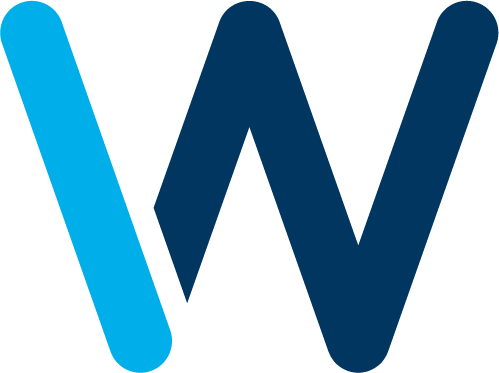One of the significant evolutions accelerated by the COVID-19 pandemic has been the rise of speech recognition technologies. In a world where touching surfaces might lead to an infection and sickness, it was no surprise that a capacity to interact with a device or machine with a voice instead of a finger became very attractive. While consumer voice recognition software emerged long before the pandemic and even though products like Apple’s Siri and Google Home, the pandemic accelerated adoption of the software and device makers turned to engineers to determine if their device could be operated by voice.
In the world of speech synthesis and speech recognition technology, a name that is increasingly well known is Vivoka. A French company founded in 2015, Vivoka specializes in speech technologies including speech recognition, voice synthesis, and voice biometrics. With more than 30 international partners and software that is available in more than 50 languages, the company truly lives up to its motto ‘Your voice has no limit’.
Witekio has worked closely with Vivoka and its flagship Voice Development Kit (VDK). The VDK is, in fact, an SDK or software development kit, combined with an intuitive graphical user interface specialized for voice use cases. This VDK allows any company and any developer to configure an offline voice solution based on Vivoka’s C/C++ code base. Witekio engineers have used Vivoka’s VDK to add speech recognition technologies to connected devices – here’s how they did it.





